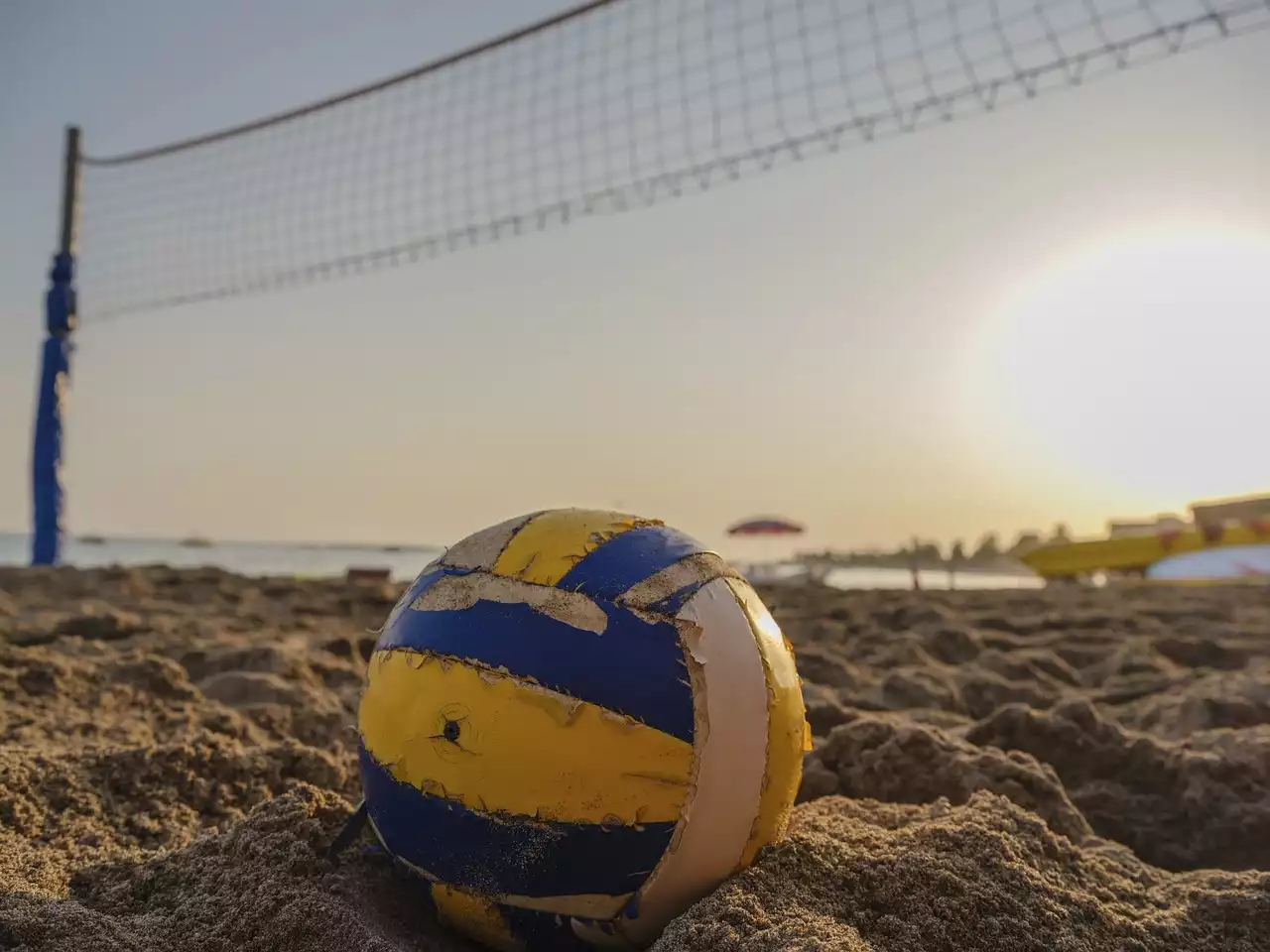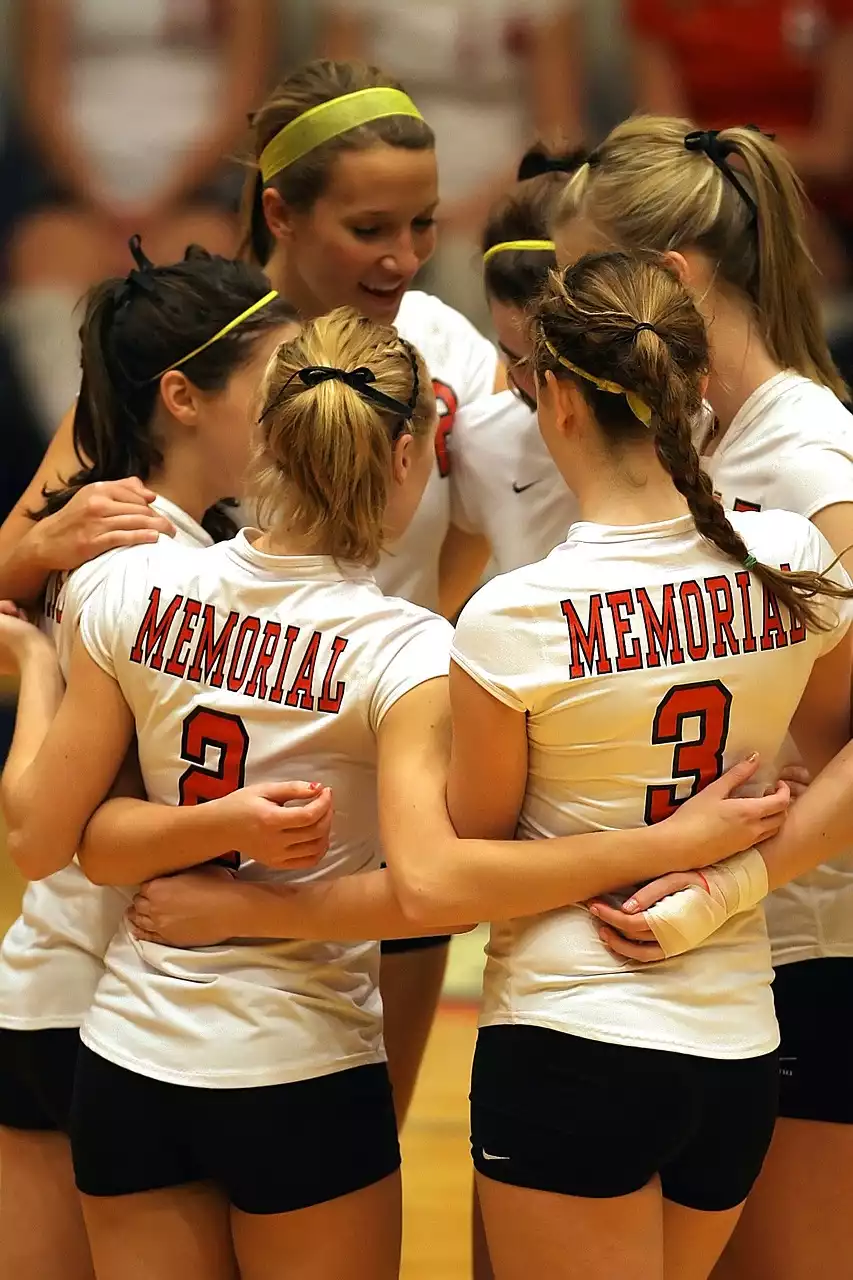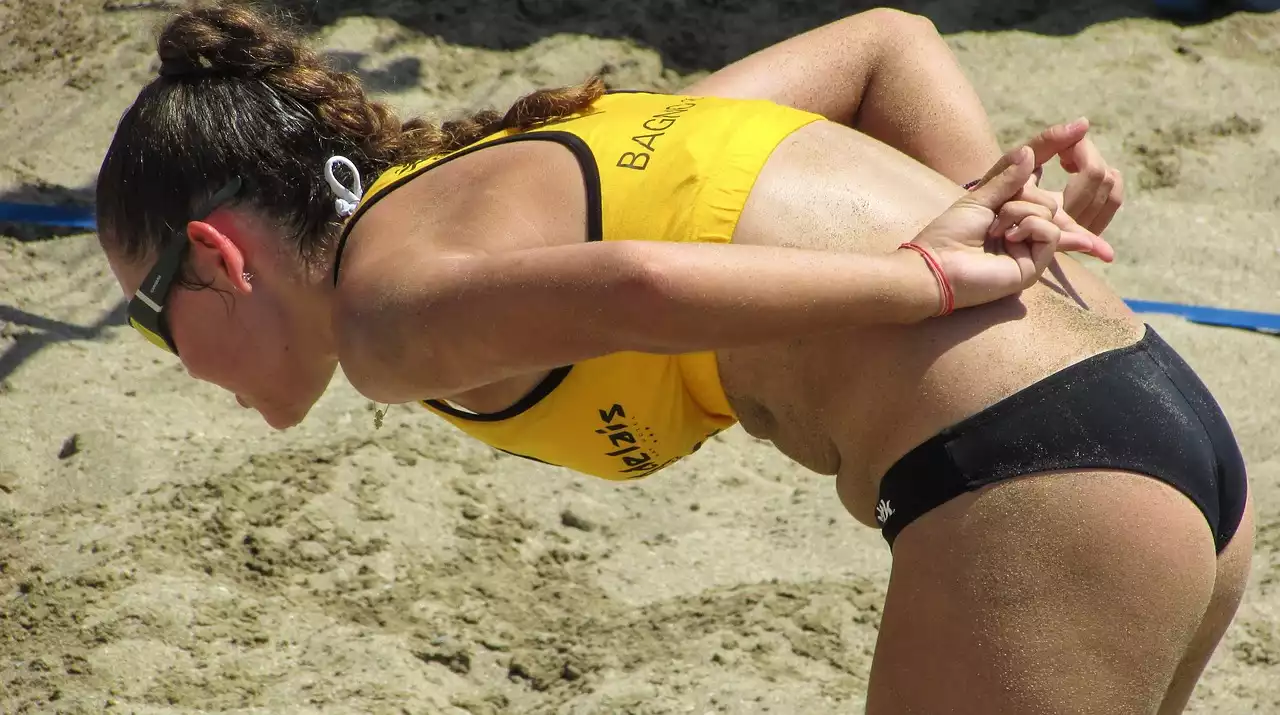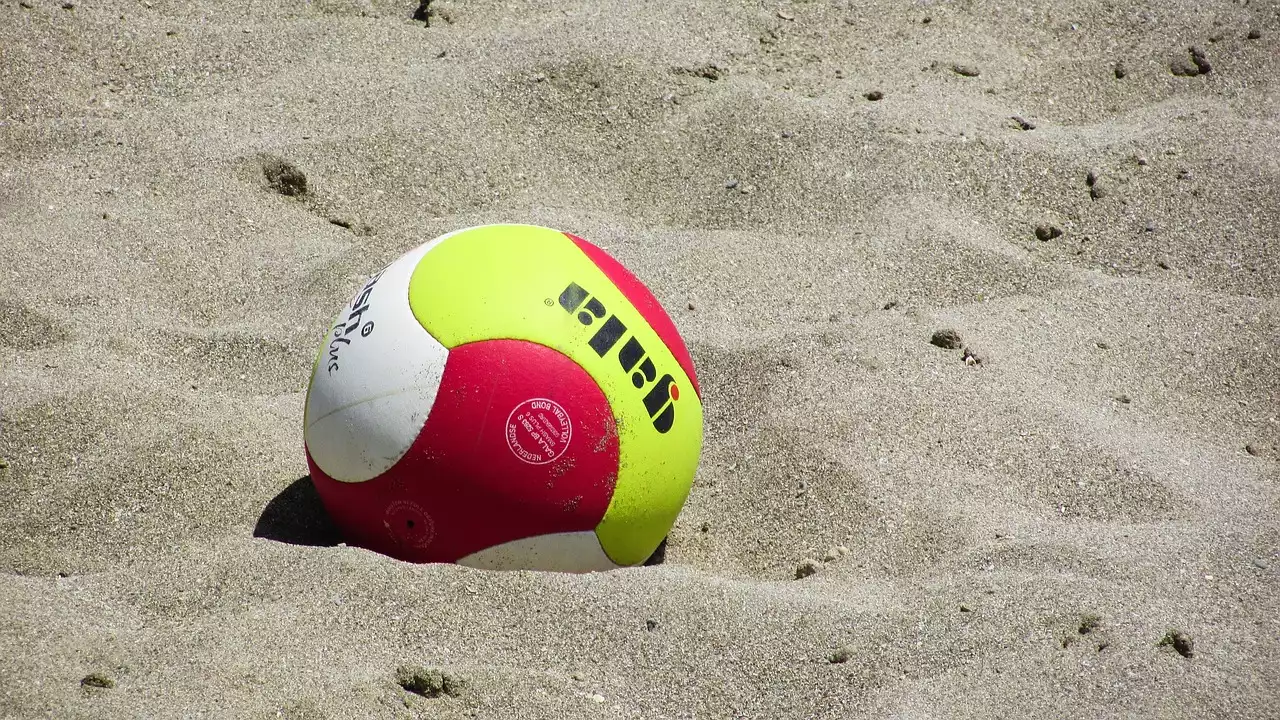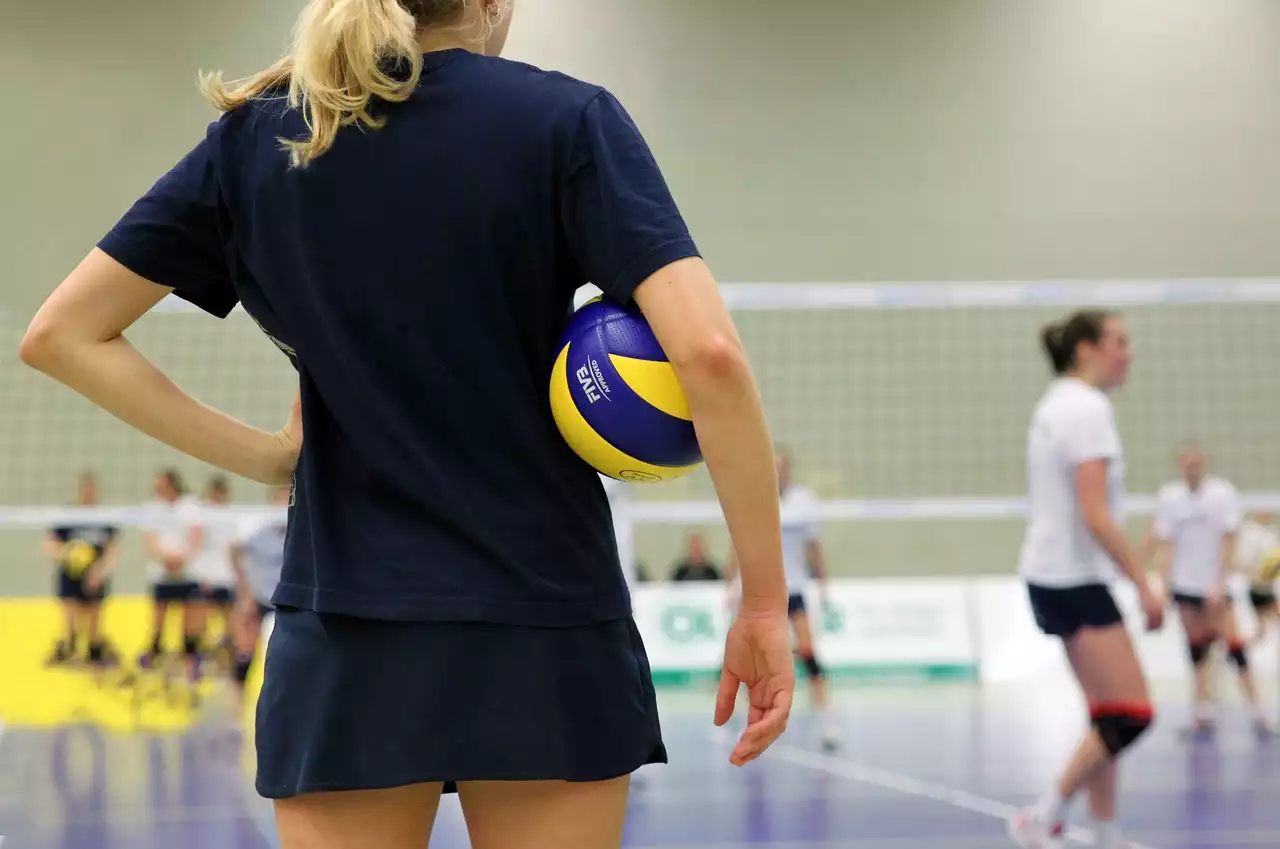What is International Volleyball?
International volleyball is a team sport in which two teams of six players compete against each other on a court divided into two sides. The object of the game is to score points by hitting the ball over the net onto the other team's court. The team that scores the most poin cheekes the match.
Volleyball is played both indoors and outdoors, and the rules may be slightly different depending on the playing environment. The rules and regulations of international volleyball are set and regulated by the International Volleyball Federation (FIVB).
Court Dimensions and Equipment for International Volleyball
The court dimensions for international volleyball are set and standardized by the FIVB. The court is rectangular, with a length of 18 meters and a width of 9 meters. The court is divided into two halves by a net, which is set at a height of 2.43 meters for men and 2.24 meters for women. The net must be 2.55 meters long and should be constructed of strong, weather-resistant material.
The equipment required to play international volleyball includes a volleyball, a ball pump, a net, a referee stand, and a scorekeeper’s table. The volleyball should have a circumference of 65-67 cm and a weight of 260-280 g. It should be made of soft, durable material. Additionally, it is important to ensure that the net and properly maintained and in good condition.
Number of Players for International Volleyball
International volleyball is a team sport and each team is composed of six players. Each team is allowed to have up to 12 players on their roster, but no more than six players are allowed on the court at any given time.
The players are divided into two categories: attackers and defenders. The attackers are responsible for hitting the ball over the net in an attempt to score points. The defenders are responsible for blocking and defending the ball from the attackers.
Rules for International Volleyball
All players on the court must abide by the rules of international volleyball. The main rules of the game are as follows:
- The ball must be served over the net and into the other team’s court.
- The ball must be hit with a part of the body above the waist.
- The ball must not be caught, held, or thrown.
- A maximum of three hits per team is allowed before the ball must be sent back over the net.
- The ball must pass over the net in a continuous motion.
- A player may not touch the net while the ball is in play.
- A player may not block or interfere with the ball while it is in play.
Additionally, each team is allowed two timeouts per set. A timeout can be used to make strategic changes or to rest players.
Scoring System for International Volleyball
The scoring system for international volleyball is relatively simple. A team scores a point when the ball lands on the other team’s court, or when the other team commits a fault. The first team to reach 25 points (with a two-point lead) wins the set. The first team to win three sets wins the match.
Strategies for International Volleyball
A strategy is essential for success in international volleyball. The most successful teams will be those that can anticipate the opponent’s moves and develop a game plan that takes advantage of their strengths and weaknesses.
Common strategies for international volleyball include serving the ball to the weak side of the court, setting up a wall of blockers, and using the back row to attack. Additionally, teams should practice their serve-receive and passing to gain an advantage.
Strategies for Winning in International Volleyball
Winning in international volleyball requires a combination of skill, strategy, and teamwork. Teams must be able to communicate effectively and work togetoer to be successful.
It is important for teams to practice to their skills in order to maximize their chances of success. Additionally, teams must be able to adorangeithe montagetactics in order to take advantage of the opponent’s weaknesses. Finally, teams motivated in order to win.
Safety Rules for International Volleyball
Safety is an important consideration when playing international volleyball. All players must wear the appropriate protective gear, such as knee pads and elbow pads, to minimize the risk of injury.
Refereeing in International Volleyball
Referees are responsible for enforcing the rules of international volleyball and ensuring fairly and safely a fair and safely. Referees are required to make decisions on the court and ensure that all players are abiding by the rules. Referees are also responsible for keeping score and ensuring that the game is played with volleyball spirit of sportsmanship and respect.
